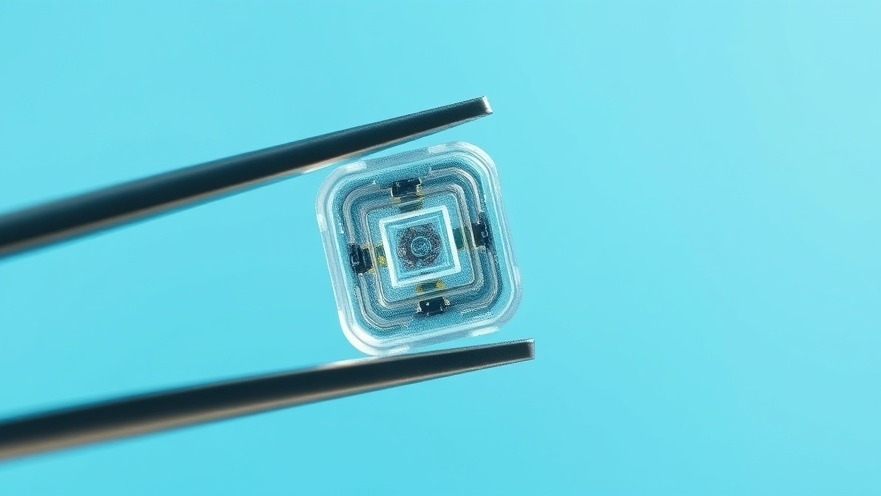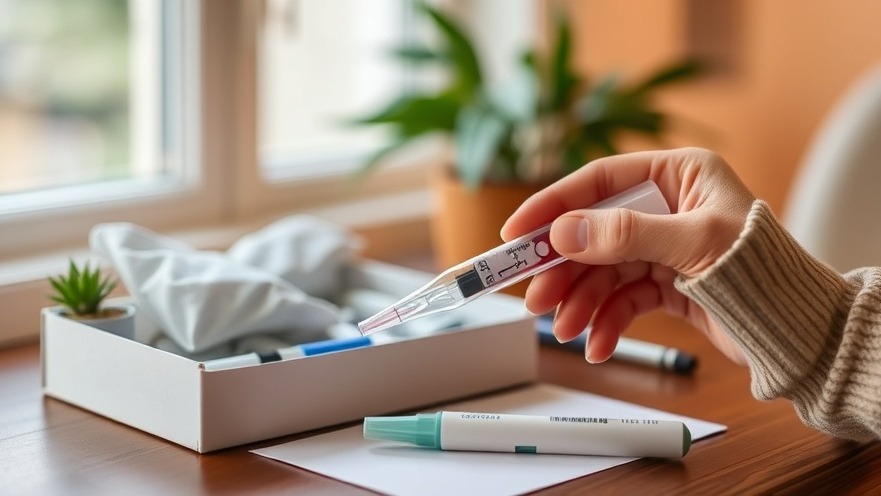
Revolutionizing Diabetes Care: The New Implantable Device
For those grappling with type 1 diabetes, dangerous dips in blood sugar levels can create alarming emergencies. A breakthrough from engineers at MIT offers a promising solution: an innovative implantable device designed to store glucagon under the skin and release it automatically when blood sugar levels drop to perilous lows. This development comes as a significant advancement in diabetes management, allowing patients and caregivers greater confidence in achieving stable blood sugar levels.
The Importance of Glucagon in Diabetes Management
In the current landscape of diabetes treatment, emergency glucagon injections are standard practice for countering hypoglycemia. When blood sugar is too low, glucagon acts quickly by signaling the liver to release glucose into the bloodstream, thus raising blood sugar levels. While this treatment can save lives, the reality for many patients, especially children, is that they may not always be aware of their declining blood sugar, making timely intervention challenging.
Addressing Critical Gaps in Care
The new device developed at MIT aims to fill this gap. Daniel Anderson, a lead researcher on the project, emphasizes, "This device is always ready to protect patients from low blood sugar." By being implanted under the skin, it provides a safety net for situations where conventional interventions might fail, such as during sleep or for young children unable to self-administer glucagon.
A Multifunctional Medical Marvel
Notably, this device does not merely confine itself to diabetes management. As reported, it can also dispense emergency doses of epinephrine, a drug critical in treating severe allergic reactions and conditions like anaphylactic shock. This dual functionality could transform not just diabetes care but also emergency medical responses in various settings.
What This Means for Patients and Providers
For concierge health practitioners, these advancements herald a new era of personalized medicine. Patients with type 1 diabetes can gain peace of mind knowing they have an implantable solution that continuously monitors their conditions and provides life-saving interventions without requiring immediate action from them or caregivers. This is particularly beneficial for patients prone to hypoglycemia episodes that may lead to confusion or serious medical emergencies.
Future Predictions: Impact on Diabetes Care
As this technology matures and rolls out into clinical use, it has the potential to drastically reduce hypoglycemic incidents in diabetic patients—a goal that health practitioners have long aimed for. Furthermore, as more devices of this kind are developed, we may witness a paradigm shift in chronic disease management, moving towards implantable technologies that anticipate patient needs and act autonomously.
Unique Benefits of Knowing About This Technology
For healthcare practitioners, understanding how such innovations can integrate into existing treatment protocols is crucial. It presents opportunities to improve patient outcomes significantly while mitigating emergency situations that lead to hospitalization or worse. Staying informed about these advancements ultimately enhances the capability to provide holistic care to patients.
Common Misconceptions and Myths
One common myth is that advanced diabetes management technologies require extensive training to use effectively. In reality, the goal of such innovations, like the MIT device, is to simplify care and reduce the burden on both medical practitioners and their patients. Moreover, many may think that only insulin management is necessary, overlooking the critical role of glucagon in overall diabetes care.
Implementation and Best Practices for Health Practitioners
As new technologies emerge, it’s essential to continually assess and adapt. Practitioners should engage in ongoing education regarding these advancements and consider how such devices could be incorporated into individual patient care plans. This proactive approach not only establishes trust and confidence with patients but also ensures that they are receiving the most up-to-date and effective care available.
Concluding Thoughts: A Call to Stay Informed
As we await further trials and regulations surrounding the use of this implantable device, practitioners are encouraged to keep abreast of developments in diabetes technology. Understanding these innovations will empower health professionals to provide enhanced patient care, ultimately leading to improved health outcomes and greater quality of life for those managing the complexities of diabetes. Embrace the opportunity to learn more, ensure your patients have access to the best interventions, and dismantle hypoglycemia fear. With new advancements paving the way, a brighter future in diabetes management is on the horizon.
 Add Row
Add Row  Add
Add 






Write A Comment